MO.CO
Montpellier
Cooper Jacoby
Sense Unknown
Feb 15, 2025
May 18, 2025
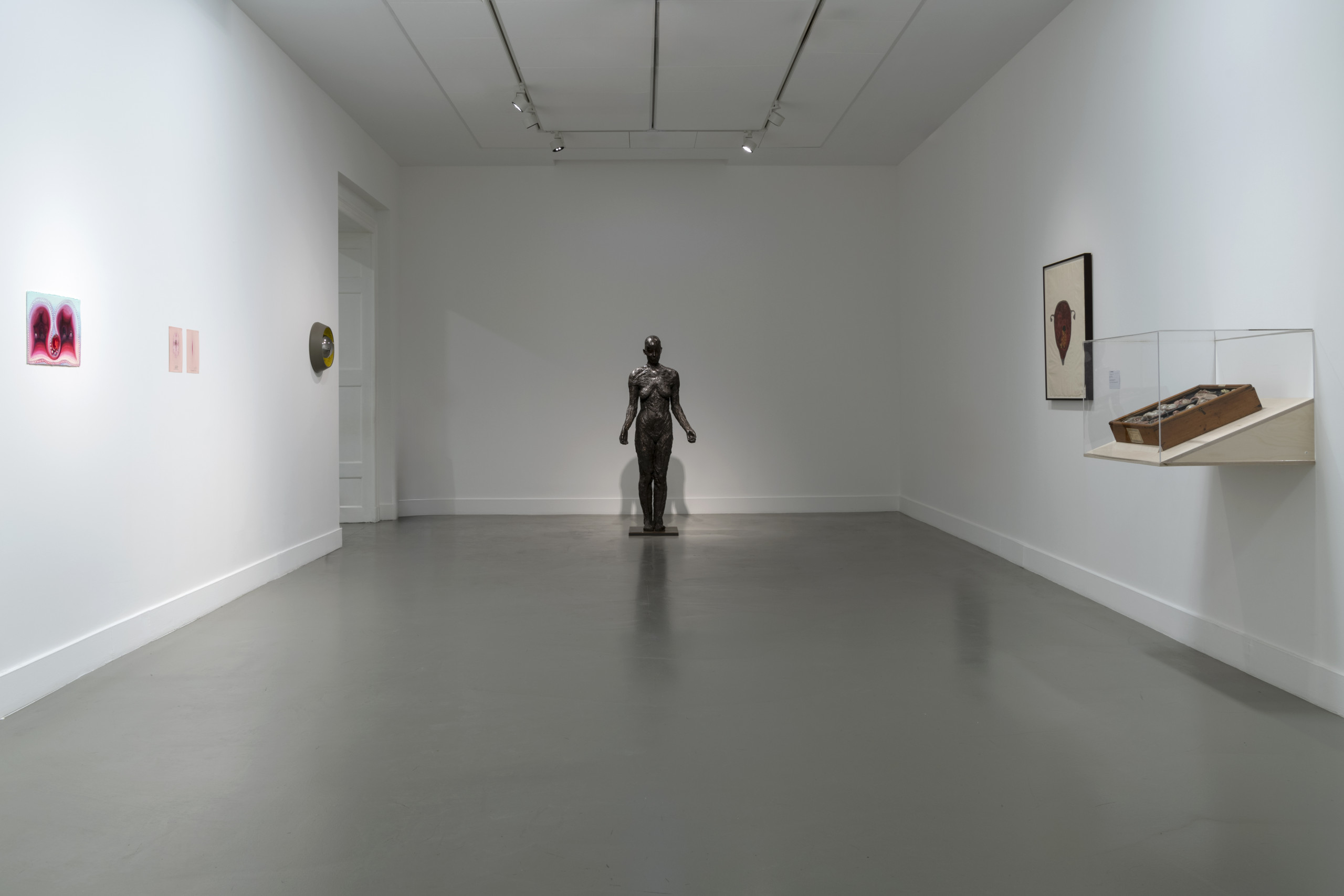
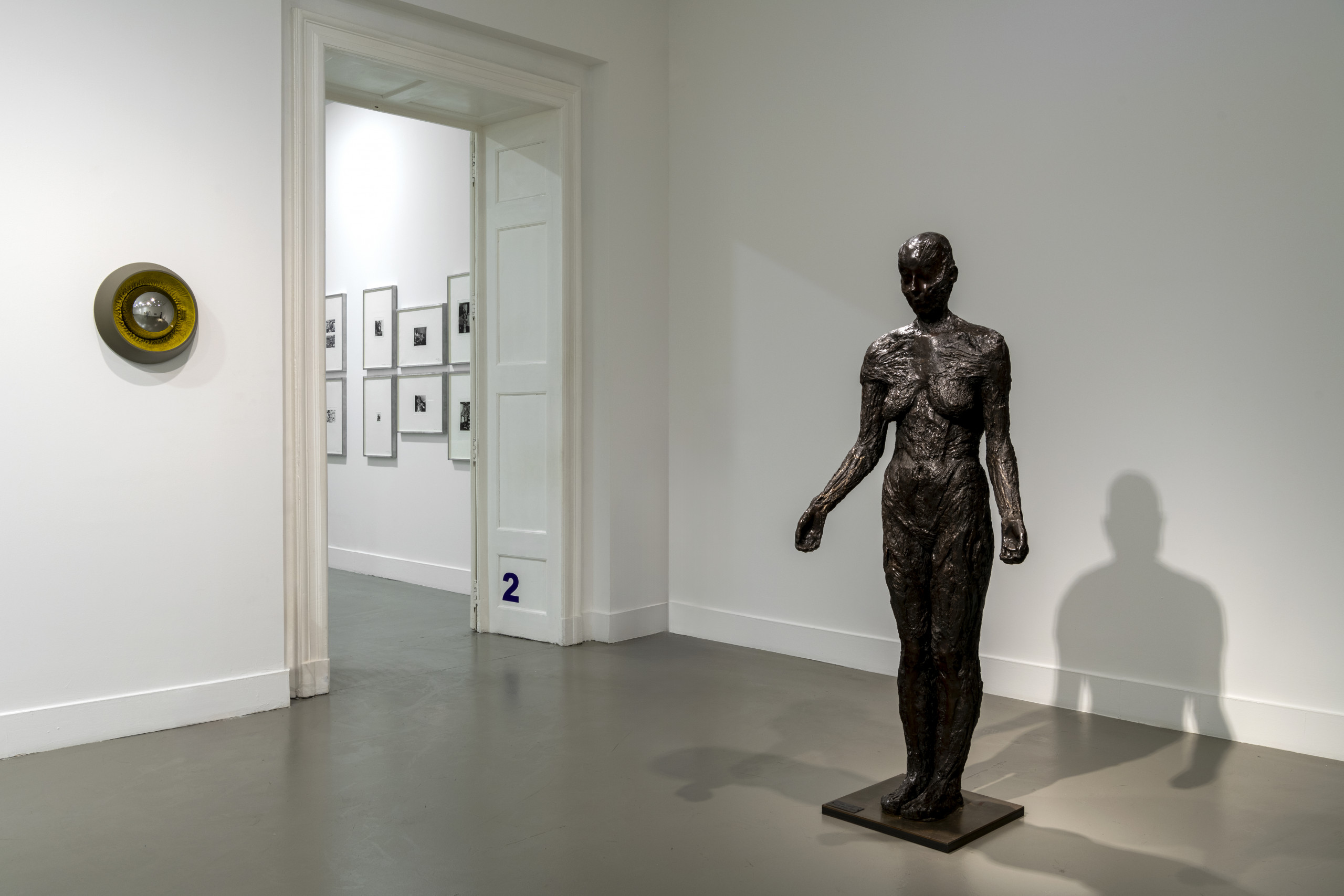
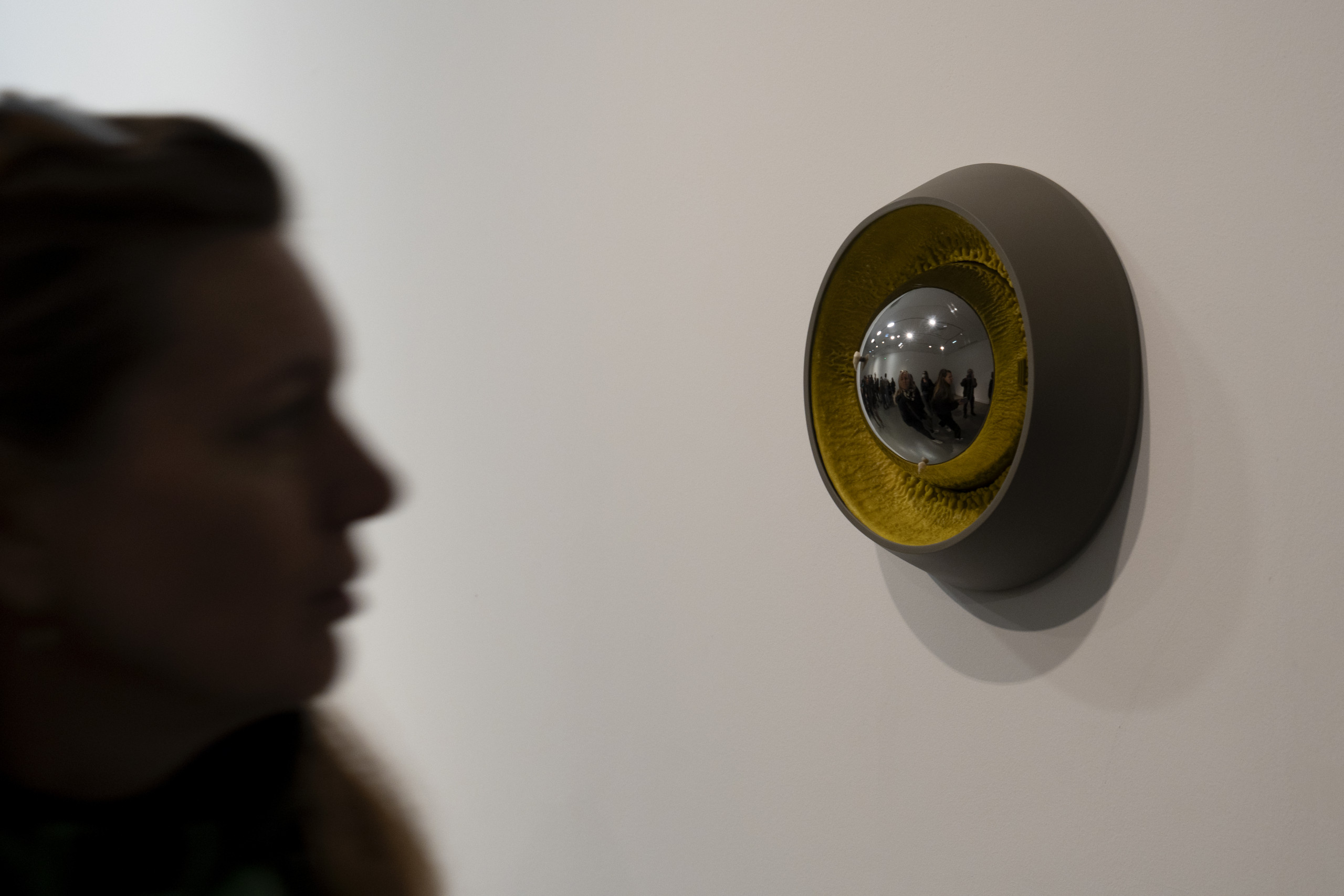
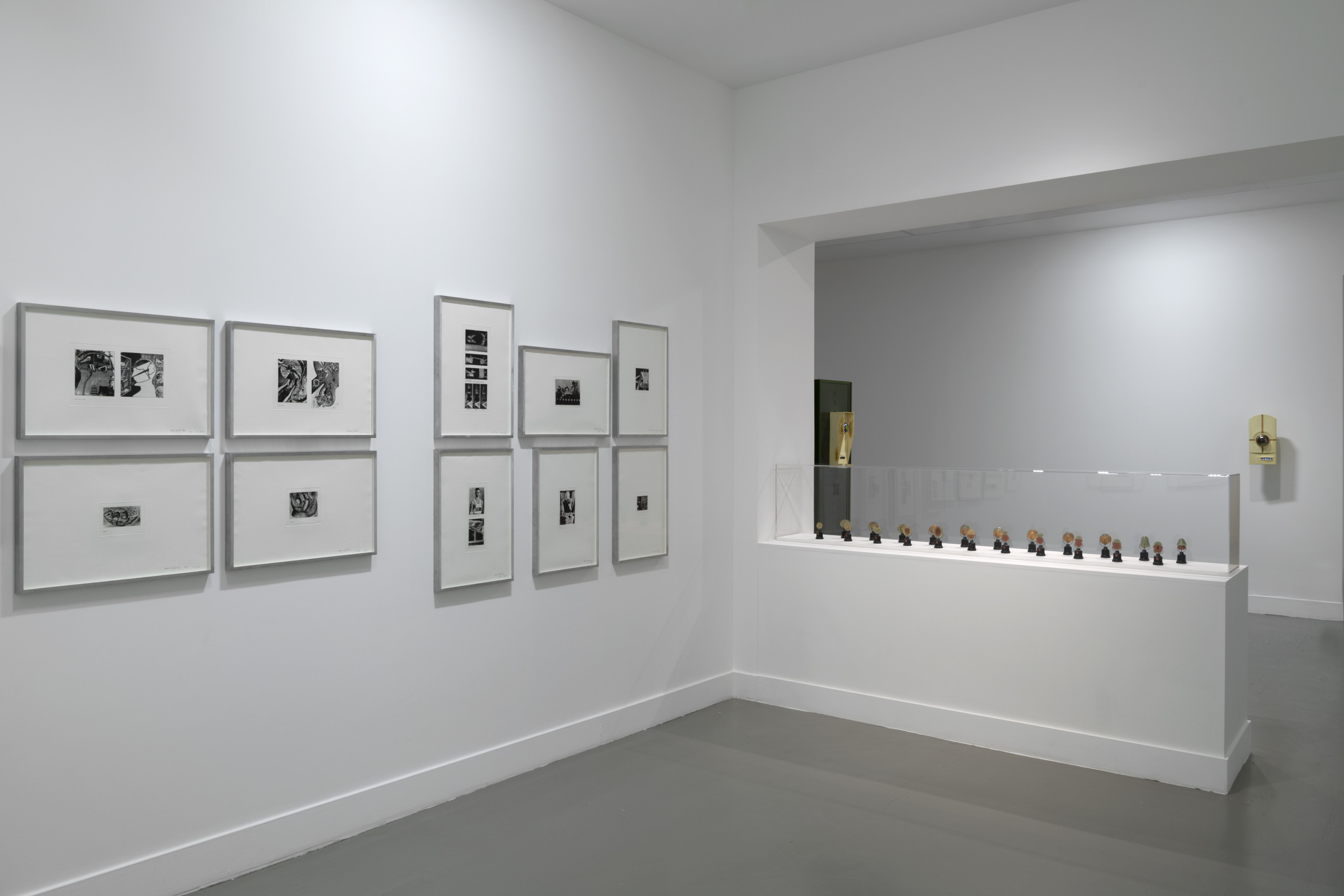
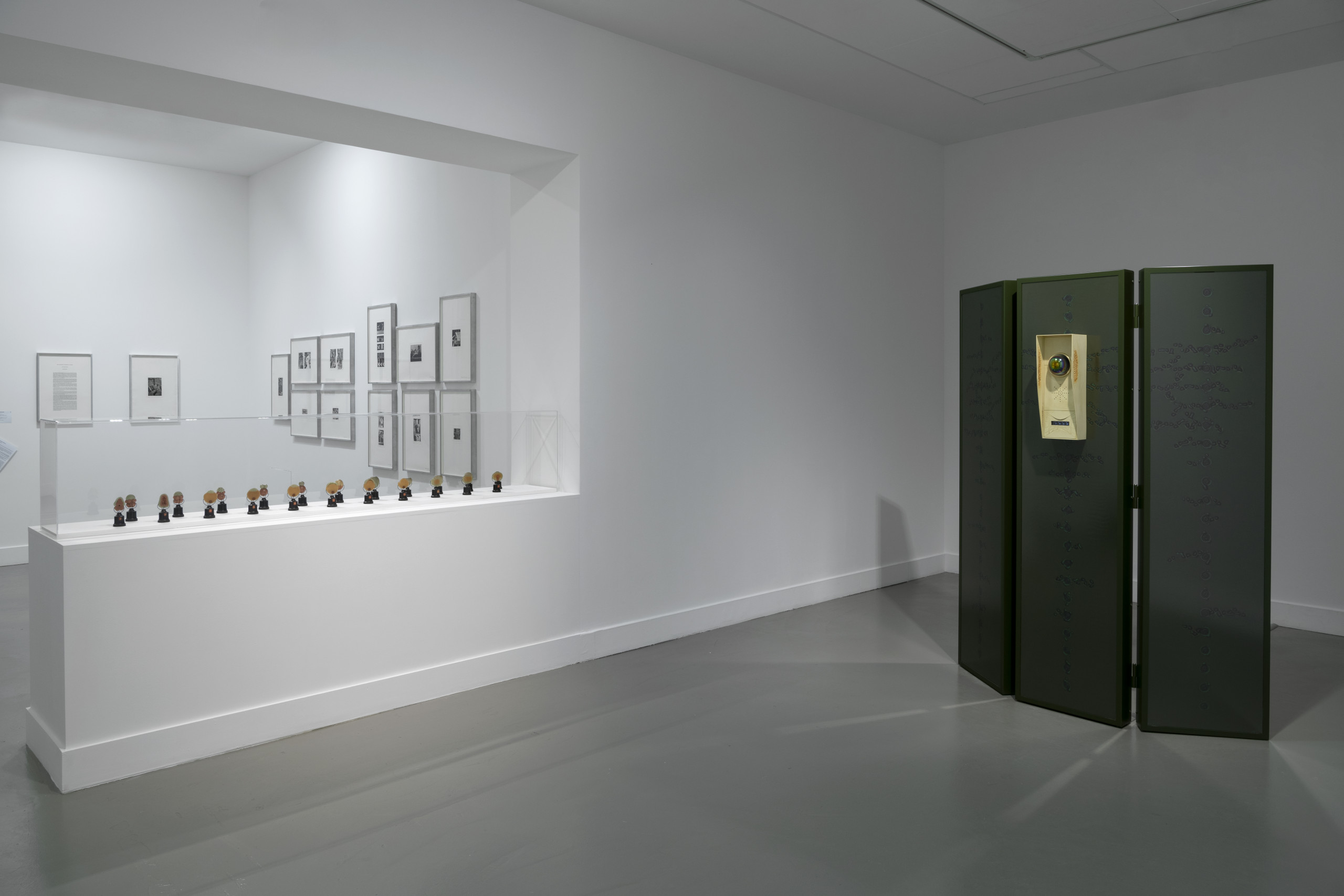
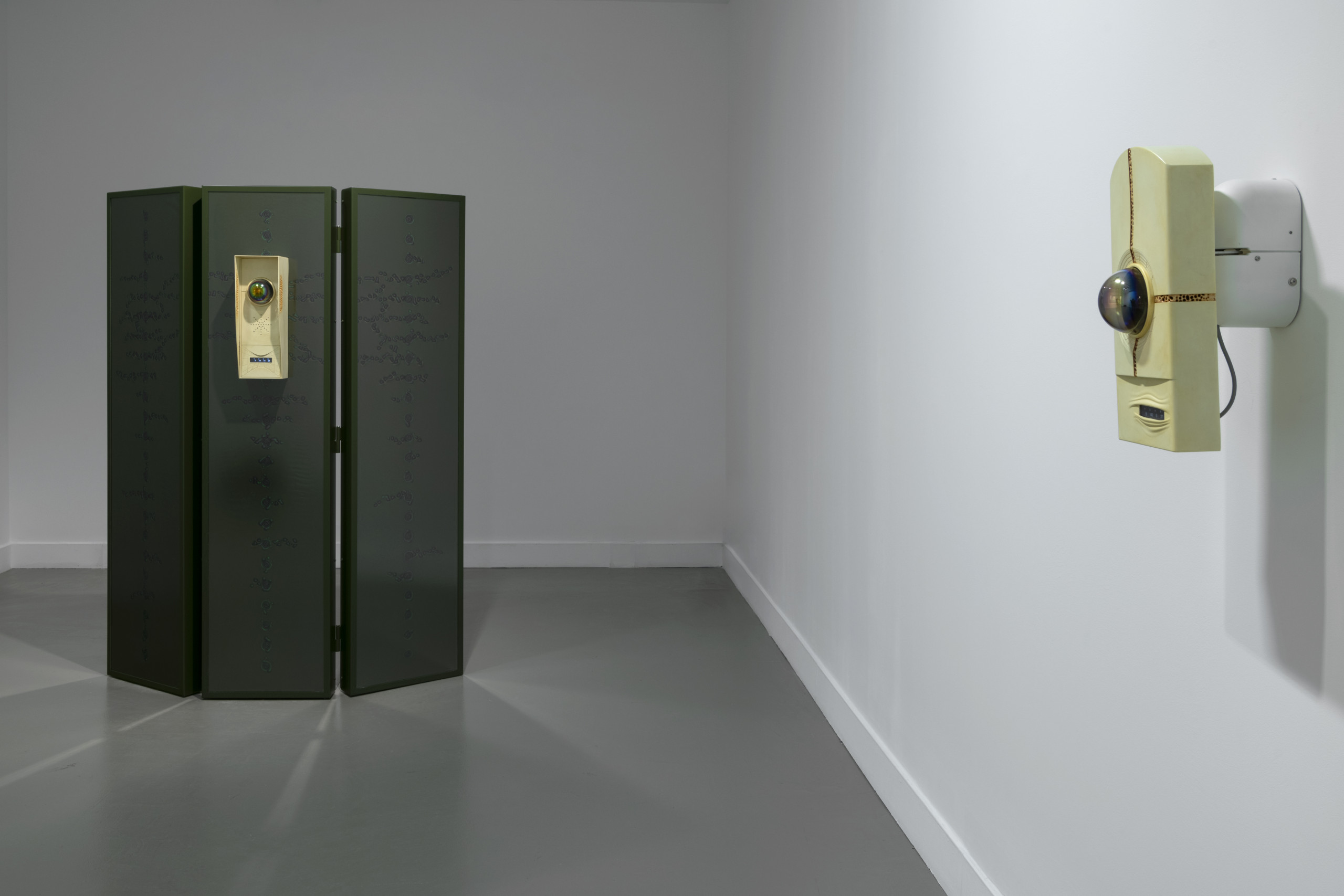
In Chaos: Making a New Science (1987), James Gleick points out that the development of a scientific theory is often based on the repetition of experiments and the recurrence of an event. An isolated event is therefore considered an error. However, in the research process, serendipity, chance discovery, accident, and the acceptance of a twist of faith open up new pathways that were beyond our predictions. We then move from known worlds into the unknown.
The artists in the exhibition Sense Unknown sometimes come from scientific backgrounds, while others have worked with scientists or are simply passionate about one of these fields.
They share a common interest in experimenting with the unknown through the reinterpretation of scientific forms and processes. Mary Maggic’s biohacking approach pirates biology with a sense of humour, proposing do-it-yourself methods of extracting oestrogen from urine as a means of emancipation from institutions. Candice Lin challenges the hegemony of Western scientism, contextualising knowledge and materials within the history of domination through the process of fermenting tea into kombucha. Works produced specifically for the exhibition build bridges between disciplines. For example, a new installation by Roy Kéhnke offers a sensual approach to evolution and cross-species relations. Morgan Courtois has devised a series of sculptures smeared with olfactory liquids, portraits andsensory memories of his loved ones, using processes taken from the pharmaceutical and perfume industries. Joey Holder adopts a speculative approach to zoology in order to imagine an immersive multi-screen installation with artificial intelligence, playing with both our fears and desires for control.
For this exhibition, MO.CO. presents artists from across different historical periods, ranging from the Renaissance, with Bernard Palissy (16th century), to a new generation born in the 1990s, and with the inclusion of emblematic 20th century figures, such as Nam June Paik, Tetsumi Kudo, Kiki Smith, and Alina Szapocznikow. Artists who were less identified with contemporary art during their lifetime are also present in the exhibition, including Anna Zeménkové, H.R. Giger, Victorien Sardou, and Emma Kunz. Finally, the collections of the Universit. de Montpellier underline the power of the cross-fertilisation of knowledge and forms, as well as the importance of historical markers (discoveries, concepts, objects), which are themselves sometimes doomed to a form of obsolescence.
With Isabelle Andriessen, Art Orient. Objet, Berdaguer & P.jus, Hicham Berrada, Morgan Courtois, H.R. Giger, Joey Holder, Tishan Hsu, Cooper Jacoby, Yunchul Kim, Josh Kline, Roy K.hnke, Kinke Kooi, Tetsumi Kudo, Emma Kunz, Candice Lin, Pei-Ying Lin, Špela Petrič, Dimitris Stamatis & Jasmina Weiss, Mary Maggic, Guadalupe Maravilla, Nam June Paik, Jean Painlev, Bernard Palissy, Eduardo Paolozzi, Luboš Plný, Lea Porsager, Josephine Pryde, Victorien Sardou, Jeremy Shaw, Kiki Smith, Alina Szapocznikow, Haena Yoo, Anna Zeménkov.
And the scientific collections of the Université de Montpellier:
— Conservatoire d’anatomie, Faculté de Médecine, Facult. d’éducation: Dr. Louis Auzoux, E. Soumac & Dr. Paul Gilis
— Institut Botanique: anonymous, Toussaint-Fran.ois Node-Véran, as well as loans of scientific collections from Université de Toulouse III
— Paul Sabatier: Dr. A Zieger in collaboration with Ernst Haeckel.
With the support of Fluxus Art Projects